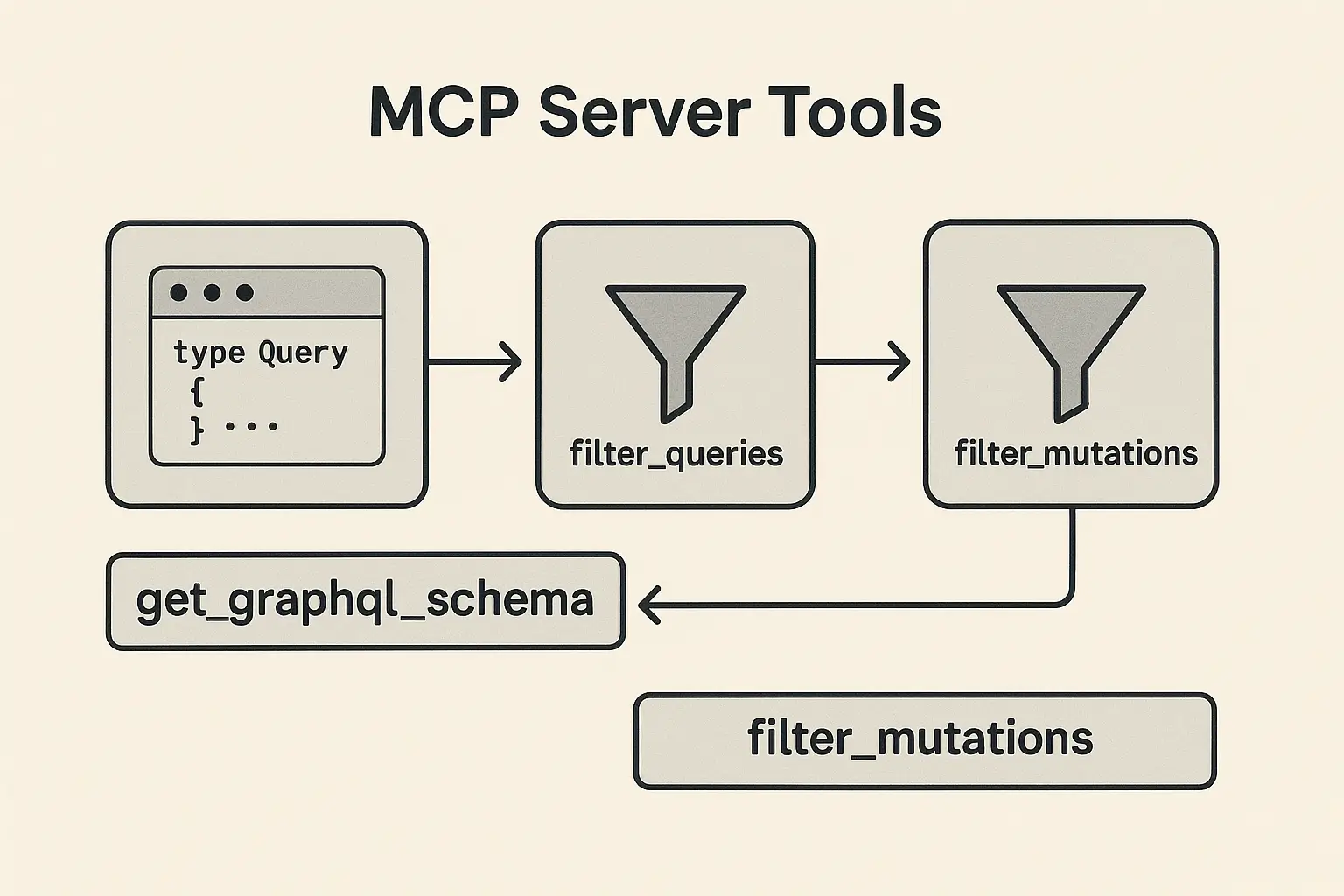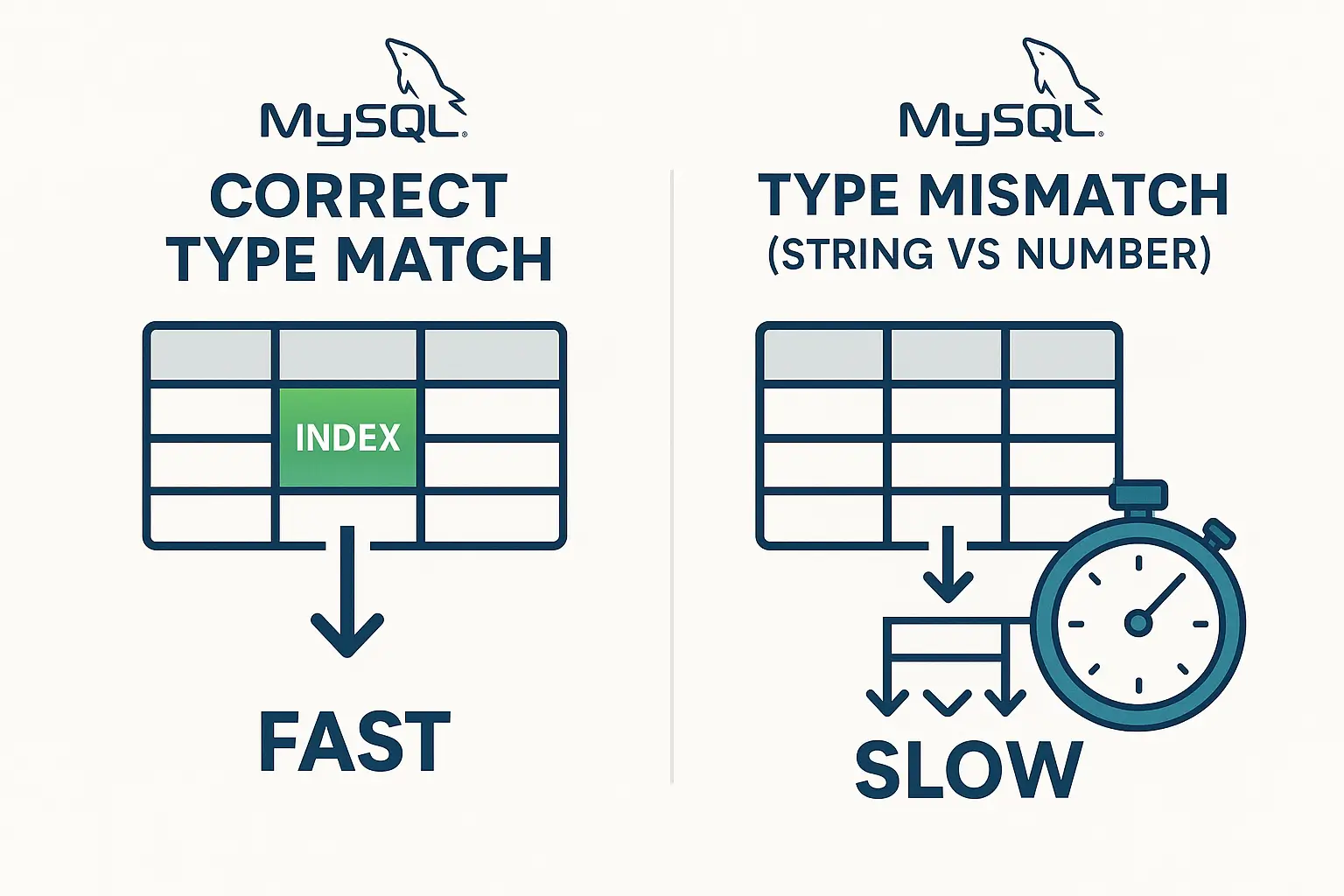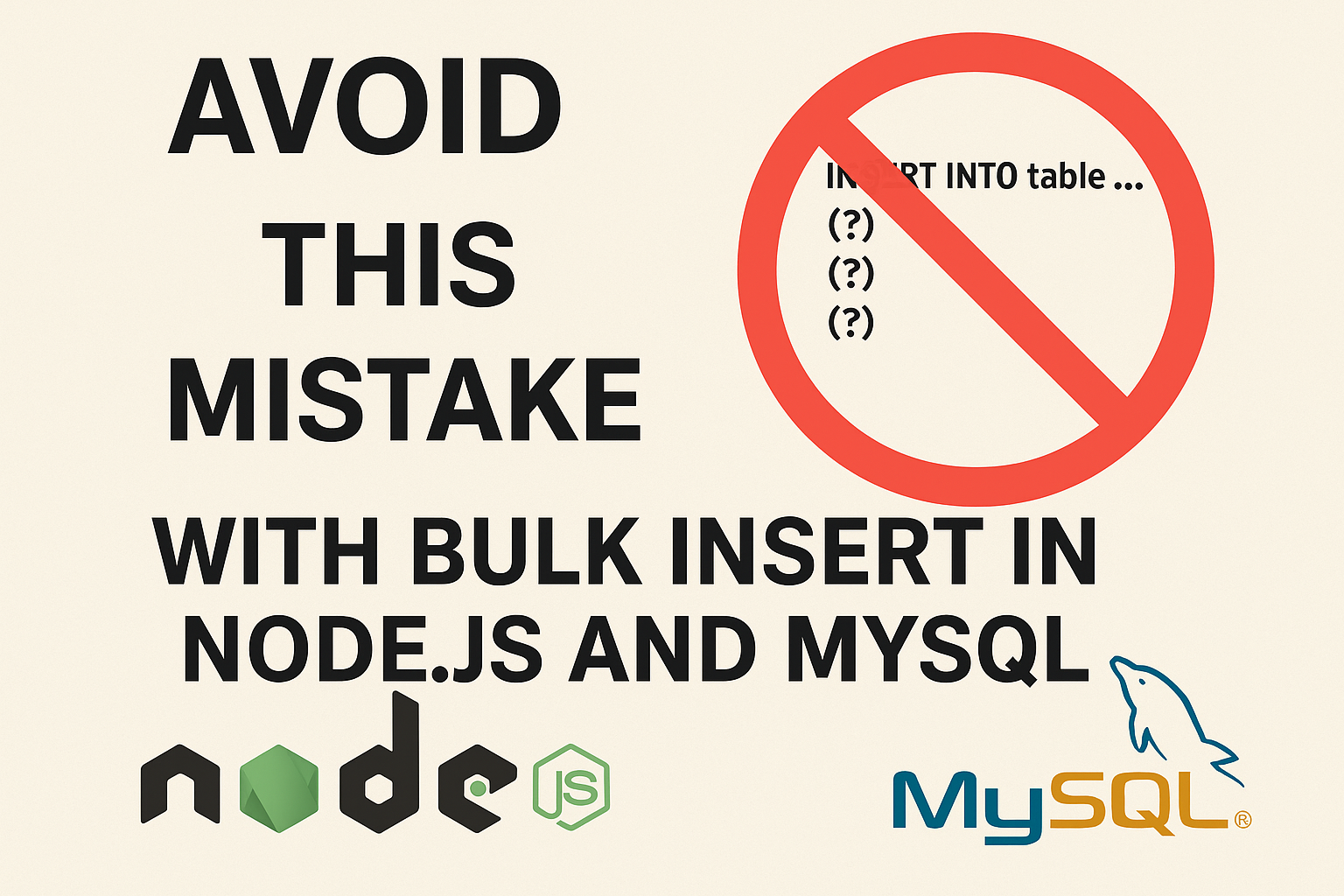What is Event-Driven Architecture?
Event-driven architecture (EDA) is becoming a go-to model for developing systems that need to process large volumes of events, support real-time processing, and enable scalable, decoupled services. Unlike traditional request/response models, EDA responds to events—changes in state triggered by actions within the system. This blog will delve into the core concepts, benefits, use cases, and implementation strategies for EDA.
What is Event-Driven Architecture?
Event-driven architecture is an architectural pattern where systems react to events as they happen, processing data in real-time and triggering responses automatically. These “events” can include various actions, such as a user purchase, a new message, or a stock update.
EDA typically consists of three main components:
- Event Producers – Systems or components that generate events (e.g., a user clicking a button).
- Event Routers or Brokers – Middlemen like Kafka, RabbitMQ, or AWS EventBridge that transmit events from producers to consumers.
- Event Consumers – Services or systems that receive events and take action based on them (e.g., sending an email or updating a database).
By decoupling these components, EDA allows for more flexibility, scalability, and resilience than tightly coupled systems.
Benefits of Event-Driven Architecture

- Real-Time Processing
- EDA enables immediate response to events, making it ideal for applications where real-time data processing is critical. This capability enhances user experience and can be a game-changer for sectors requiring fast response times, such as e-commerce or finance.
- Improved Scalability
- In an EDA, components are decoupled and can scale independently. For example, adding more event consumers or brokers is straightforward and doesn’t disrupt other parts of the system, making it easy to scale horizontally as demand grows.
- Enhanced Resilience and Fault Tolerance
- EDA isolates components, so a failure in one service doesn’t necessarily bring down the entire system. Event brokers can store and replay events if a service is temporarily unavailable, increasing fault tolerance.
- Loosely Coupled Services
- EDA allows services to communicate without direct dependencies. This makes it easier to update or replace individual services without affecting the overall system, reducing the complexity of managing dependencies in large systems.
- Simplified Maintenance and Development
- The decoupling of services promotes independent development, enabling teams to iterate and deploy changes without impacting other services. It also simplifies maintenance, as each component can be maintained independently.
Use Cases for Event-Driven Architecture
- E-Commerce and Inventory Management
- E-commerce platforms frequently use EDA to track inventory, process orders, and manage customer interactions. For instance, when a customer places an order, an event is generated, updating inventory, sending a confirmation email, and notifying logistics—all in real-time and independently.
- IoT (Internet of Things) Applications
- IoT applications often deal with massive streams of data from sensors and devices that need real-time processing. EDA is ideal here, allowing systems to react quickly to temperature changes, power surges, or other sensor data, and triggering actions like turning off equipment or alerting personnel.
- Financial Services and Fraud Detection
- Financial institutions use EDA to detect fraud by monitoring transaction patterns in real time. Anomalous transactions trigger events that can be analyzed on the spot, allowing for immediate responses like freezing an account or notifying the user.
- Social Media and Messaging Platforms
- Social media applications leverage EDA to handle real-time user interactions like comments, likes, and messages. Events allow immediate updates across distributed systems, enabling seamless notifications and interaction tracking without performance bottlenecks.
- Logistics and Transportation
- In logistics, EDA helps track shipments and update locations in real-time. For example, each status change in a shipment generates an event that updates databases, notifies users, and allows customers to track their package accurately.
- Healthcare Monitoring Systems
- Real-time healthcare monitoring, like patient vitals tracking, depends on EDA to capture and respond to critical changes in health data. An alert might trigger when a patient’s vitals cross certain thresholds, notifying healthcare providers instantly.
How to Implement Event-Driven Architecture

- Choose an Event Broker
- Popular event brokers include Apache Kafka, RabbitMQ, AWS EventBridge, and Azure Event Grid. Each broker has unique strengths; for example, Kafka is great for handling high-throughput event streaming, while EventBridge integrates smoothly with AWS services.
- Define Clear Event Schemas
- Creating well-structured, standardized schemas (such as with JSON or Avro) for each event type helps ensure consistency across the system. This clarity makes it easier for consumers to understand and handle different event types.
- Establish Event Processing Logic
- Determine how events will be processed, including filtering, transformation, and routing logic. For complex workflows, tools like Apache Flink or AWS Lambda can assist with real-time processing and business logic execution.
- Handle Event Failures Gracefully
- Include error handling and retry mechanisms to prevent data loss in case of consumer failures. Brokers like Kafka support event replays, ensuring that failed consumers can retry events later.
- Monitor and Log Events
- Use monitoring and logging tools like Prometheus and Elasticsearch to keep track of event flows, identify bottlenecks, and diagnose issues in real-time.
- Consider Event-Driven Microservices
- Event-driven microservices add flexibility and scalability to the EDA ecosystem, allowing individual services to focus on specific tasks in the event-processing pipeline.
Final Thoughts
Event-driven architecture provides significant advantages for building scalable, resilient, and responsive applications. By decoupling services and enabling real-time processing, EDA is ideal for dynamic environments with high data volumes and rapid response needs.
EDA can be complex to implement, especially when managing numerous events and ensuring data consistency. Still, with the right tools and strategies, you can harness EDA’s power to create robust and adaptable systems for modern applications. Whether in IoT, finance, social media, or e-commerce, EDA opens up possibilities for greater agility, responsiveness, and scalability.





